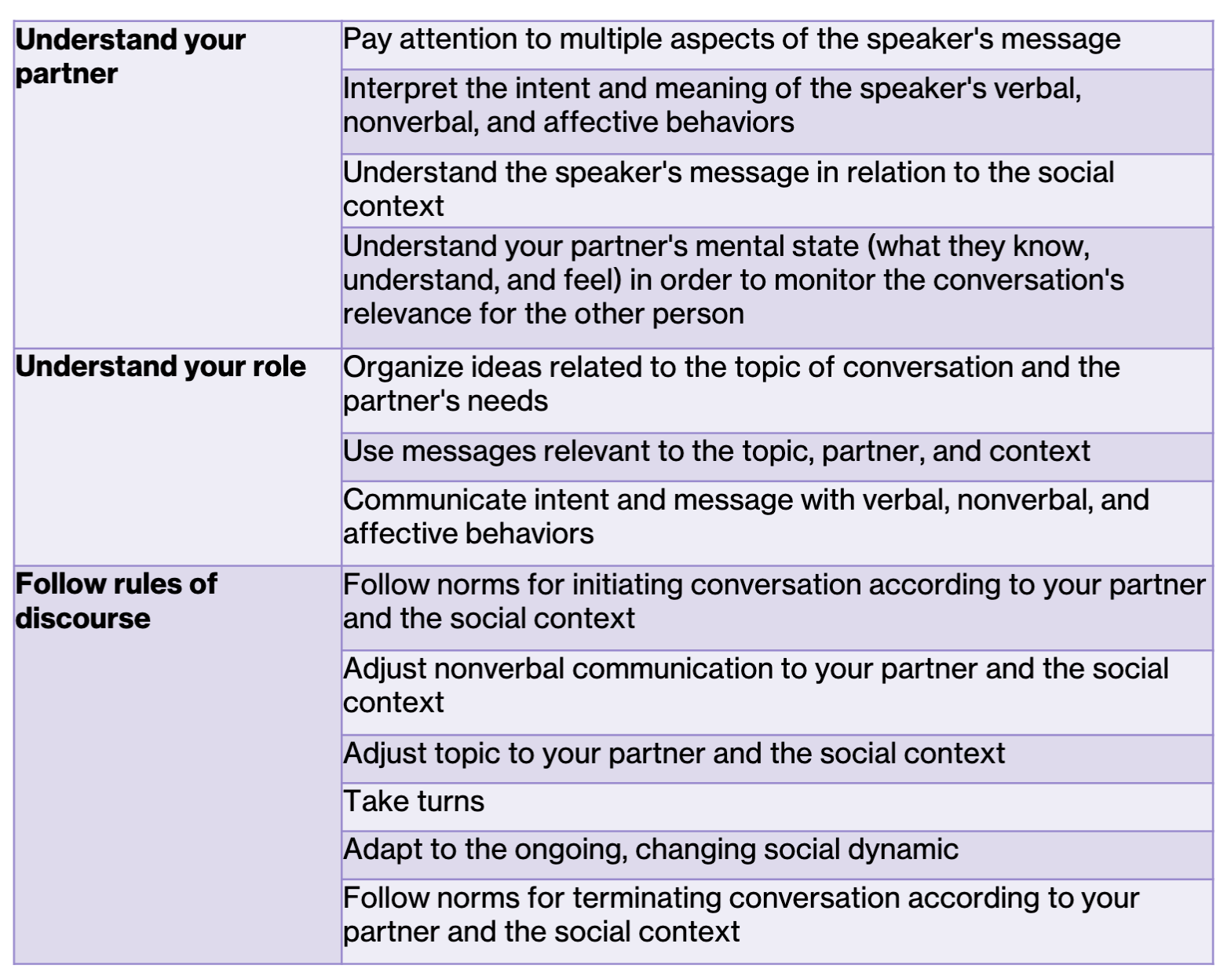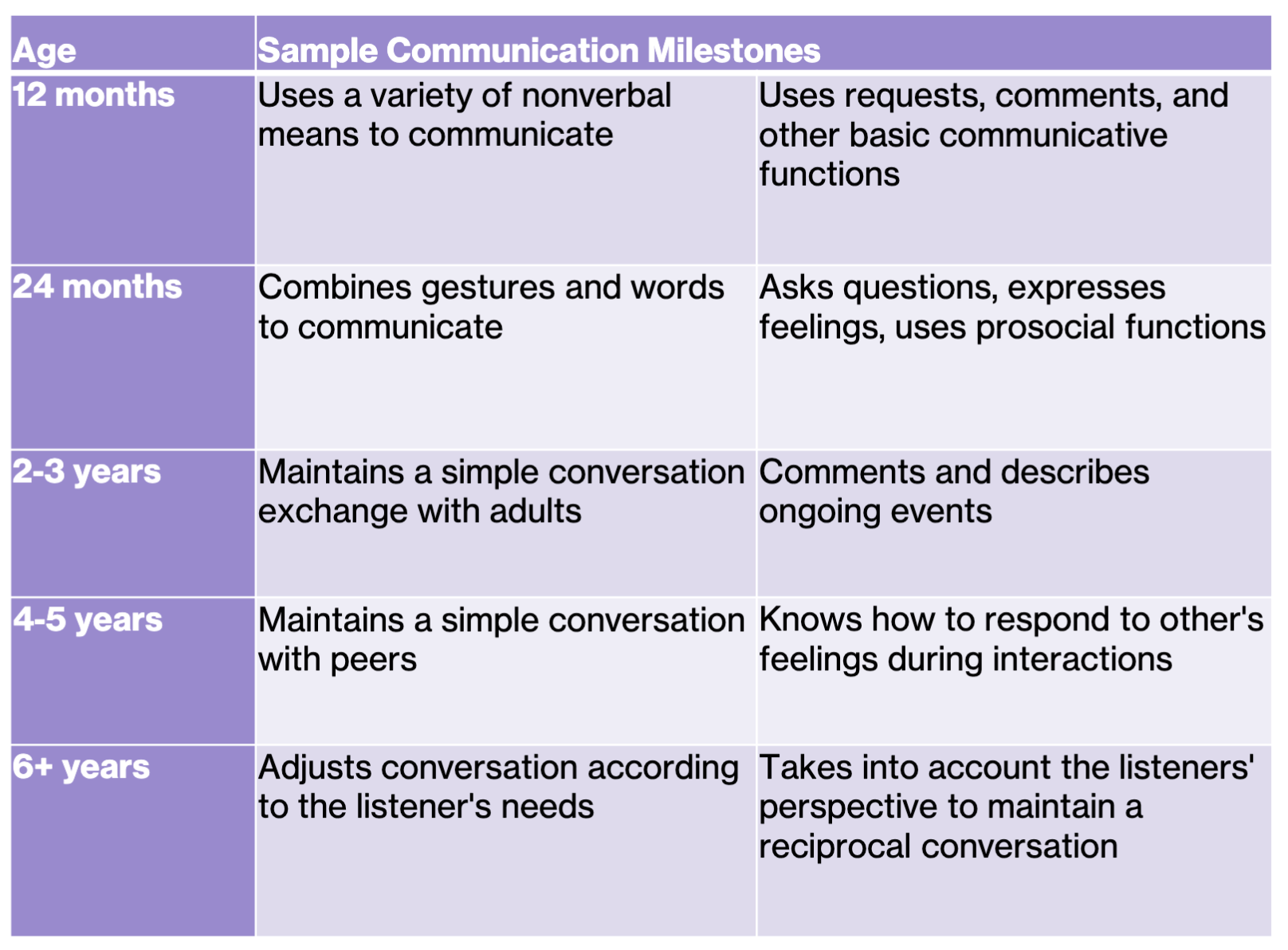Communication Disorders Exam 4
1/25
There's no tags or description
Looks like no tags are added yet.
Name | Mastery | Learn | Test | Matching | Spaced |
|---|
No study sessions yet.
26 Terms
Stuttering
A communication disorder where the flow of speech is disrupted by involuntary repetitions, prolongations of sounds, syllables, words, or phrases, and blocks (pauses) where no sound is produced
What are the main characteristics of Neurogenic stuttering
•Caused by trauma to the brain (e.g., head injury, stroke).
•Consistent across words/sounds/situations
•Patient may/may not react to the stuttering
•Often resolves as trauma heals
What are the main characteristics of Psychogenic stuttering?
•Caused by extreme emotional trauma
•Consistent across words/sounds/situations
•Patient not troubled by the stuttering
•Can require intervention from psychologist/psychiatrist
At what age does developmental stuttering typically start?
2-6 years old
What % of children will recover from stuttering? Will more males or females recover?
•About 80% of children who start stuttering will recover
•Most who recover are female (adult stuttering 4:1 males/females)
What are the core features of developmental stuttering?
•Repetitions: Repeating a sound, syllable, word, or phrase (e.g., "t-t-t-table").
•Prolongations: Extending a sound or syllable (e.g., "sssssssunday").
•Blocks: Pauses where no sound comes out while trying to speak (e.g., "—table").
What are the secondary features of developmental stuttering?
•Physical behaviors: Tension or struggle when speaking (e.g., facial grimacing, blinking, tapping, head movements).
•Avoidance behaviors: Avoiding speaking situations, words, or sounds that may trigger stuttering.
•Escape behaviors: Attempts to "push through" a disfluency by using fillers (e.g., "um," "uh"), substituting words, or changing sentence structure.
Is developmental stuttering a psychological disorder?
Developmental stuttering is NOT a psychological or emotional disorder and is not learned
Disfluency
Interruptions in the flow of speech (can include normal disfluencies like hesitations or interjections).
Fluency Shaping
Therapy techniques aimed at promoting smooth, fluent speech through controlled speech patterns.
Stuttering Modification
Therapy approaches that focus on modifying the moments of stuttering to make them less severe.
Covert Stuttering
Individuals may not show obvious stuttering but experience inner tension or anxiety about speaking.
What are some psychosocial consequences of stuttering?
•Emotional Effects: Anxiety, frustration, low self-esteem.
•Social Consequences: Avoidance of speaking, isolation.
•Common Misconceptions: Stuttering is due to nervousness, low intelligence, or laziness.
What is “ableism”?
Discrimination in favor of able-bodied or neurotypical individuals.
What is “verbal diversity”?
Views stuttering as one of many ways people speak, rather than a disorder or something to be fixed, and encourages acceptance and celebration of diverse communication styles
Know the table that discusses typical requirements during a two-person conversation.

Study the table that lists developmental Communication Milestones (specifically the ages and first column).

What are the characteristics of Social Communication Disorder (SCD)?
• Difficulty with social interaction
• Difficulty with social understanding
• Difficulty with pragmatics
• Difficulty with language processing
• Difficulty taking turns when talking or playing
• Difficulty adjusting speech to fit different situations or people
• Difficulty making eye contact
• Difficulty with appropriate greetings, such as saying hello or introducing themselves
• Difficulty with change, such as adapting to a new school or house
What is the main difference between Autism Spectrum Disorder (ASD) and Social Communication Disorder (SCD)?
•Social Communication Disorder (SCD) involves difficulties with social communication, such as challenges in understanding and using verbal and non-verbal cues, but without the presence of restricted and repetitive behaviors.
• Children with autism have difficulties with social communication AND they exhibit repetitive and/or disruptive behaviors.
• Typically, children with ASD have more severe difficulties with both verbal and non-verbal communication than children with SCD.
What are the risk factors associated with Autism Spectrum Disorder (ASD)?
•Having a sibling with ASD
•Having older parents
•Having certain genetic conditions (such as Down syndrome or Fragile X syndrome)
•Having a very low birth weight
What does the neurodiversity paradigm propose regarding individuals with neurological differences?
Some brains are neurotypical (conforming to a standardized, typically developing norm), while others are neurodivergent (diverging from that norm).
Neurological differences, like autism, ADHD, and other forms of neurodivergence, are natural variations in human development rather than disorders.
Neurodivergent individuals should exist alongside neurotypical individuals without judgment.
Challenges faced by neurodivergent individuals often stem from living in a world that is physically, socially, and emotionally inhospitable to their differences.
The paradigm encourages acceptance, inclusion, and respect for all neurological differences.
What are the criticisms of the neurodivergent paradigm?
• Unrepresentative
• Reductionist
• Sanitized view
• Deflects resources
• Early intervention
• High Levels of Emotion
How can autistic individuals benefit from the neurodiversity construct?
The neurodiversity paradigm views autism as a natural variation in human neurological development rather than a disorder.
It encourages acceptance and inclusion of neurological differences, reducing stigma and promoting self-acceptance.
By identifying with the neurodiversity construct, autistic individuals may develop a more positive view of their autism as part of their identity.
This positive self-identification can contribute to higher self-esteem and act as a protective factor against mental health challenges.
The neurodiversity framework also allows autistic individuals to celebrate their strengths and unique perspectives without being pathologized.
What is the definition of augmentative and alternative communication (AAC)?
Augmentative Communication refers to a strategy used in combination with residual speech skills that enhances, aids, or supplements speech.
Alternative Communication refers to a strategy that completely replaces the more typical mode of communication.
What individuals (i.e., diagnoses) may benefit from the use of AAC devices?
Children with Complex Communication Needs (CCN)
Individuals with Autism Spectrum Disorder (ASD)
Individuals who need Augmentative or Alternative Communication
In AAC systems, what does direct select refers to?
A technique where the user points directly to elements of a message using methods like their finger, a head stick, a light pointer, eye gaze, or head movement.